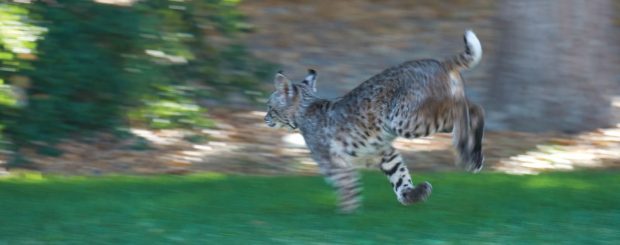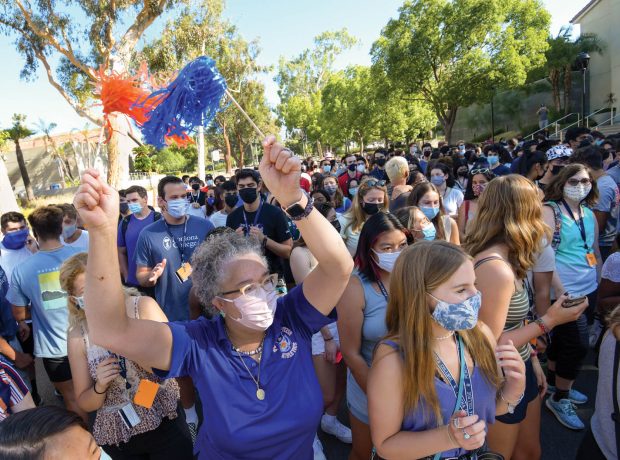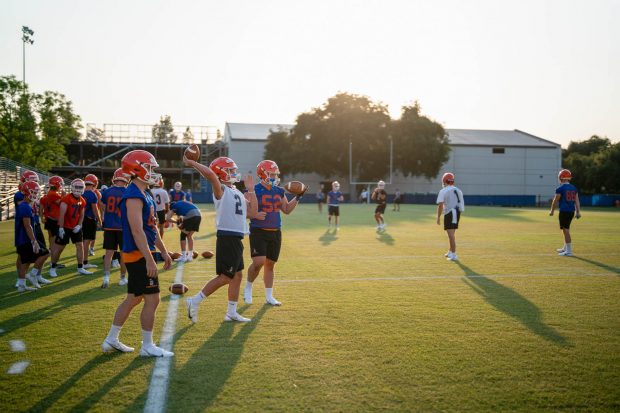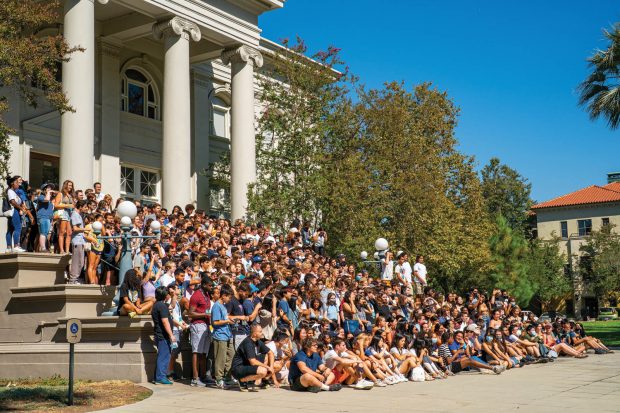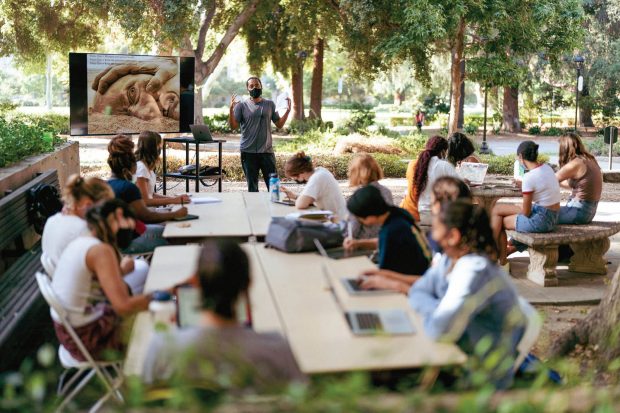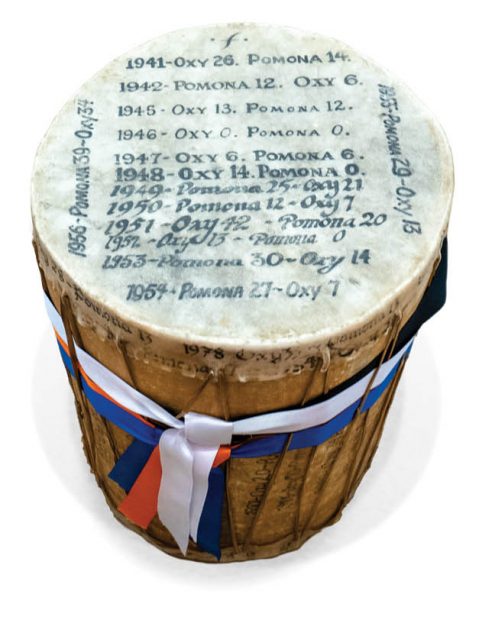
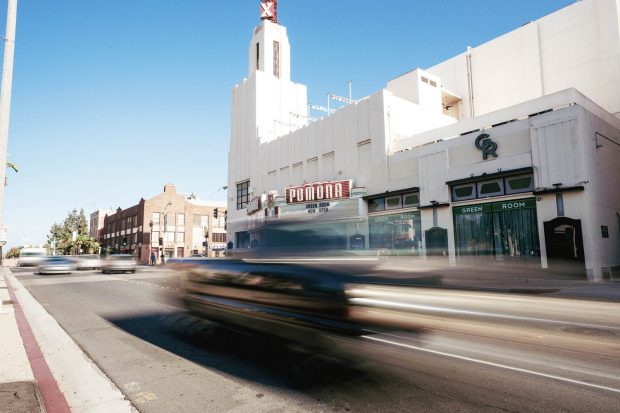 As an inquisitive girl growing up in the city of Pomona, Genevieve Carpio ’05 learned about her world while riding around town with her family. The adults in her life were happy to converse with their captive passenger, especially one so unusually attentive for her age.
As an inquisitive girl growing up in the city of Pomona, Genevieve Carpio ’05 learned about her world while riding around town with her family. The adults in her life were happy to converse with their captive passenger, especially one so unusually attentive for her age.
With her grandfather behind the wheel of his Chevy pickup, the girl soaked up tales of Carpio family history as poor migrant farmworkers who fled the Mexican Revolution and soon settled in Pomona’s historic barrio. And while cruising Claremont with her mother in the family car, she got a glimpse of her academic future.
The college town was close to the North Pomona home of the Carpios, one of the first Latino families to buy property in a formerly red-lined neighborhood, once reserved by contract for whites. Their abode was now Claremont-adjacent, just a short drive north on Indian Hill Boulevard, which seemed like an artery to another life.
“For fun, my mom enjoyed driving around Claremont and looking at the houses and we would say, ‘Which house do you want to live in? Oh, I want to live in that house. No, I want to live in that house.’ And then she would take us around the colleges, just to look at them.”
But Grace Carpio, a stay-at-home mom who hails from Puerto Rico, was not just sightseeing. She was planting a seed. “That’s where you’re going to go to college when you grow up,” she would say with certainty.
“No, I’m not,” young Carpio would snap back. “I’m going far away.”
Time proved her mother right. And time also taught Carpio an important lesson about the meaning of success and the value of uncovering untold histories in her own backyard.
“For me, having grown up in a very working-class community, success always meant getting as far away as possible,” says Carpio, who did research in Brazil and Argentina as an undergraduate. “In anthropology, it seemed to me there was this idea that you go to these places very far away to study something new and translate it according to these anthropological frameworks. But it was really being in Brazil where I noticed that, as a person who wasn’t Brazilian, there was a lot I had left to learn about interpreting these cultures.”
During her South American stay, coincidentally, Carpio was reading a book exploring the history of race and labor in the citrus industry of Southern California written by historian Matt Garcia, who holds a doctorate from what is now Claremont Graduate University.
From her vantage point in the Southern Hemisphere, Carpio experienced a paradigm shift that would send her career in a new direction.
“It opened this window into being able to do work in the communities that you come from,” says Carpio, now an associate professor in UCLA’s César E. Chávez Department of Chicana/o and Central American Studies. “It showed me it was possible to be able to write about home in a way I had never considered before.”
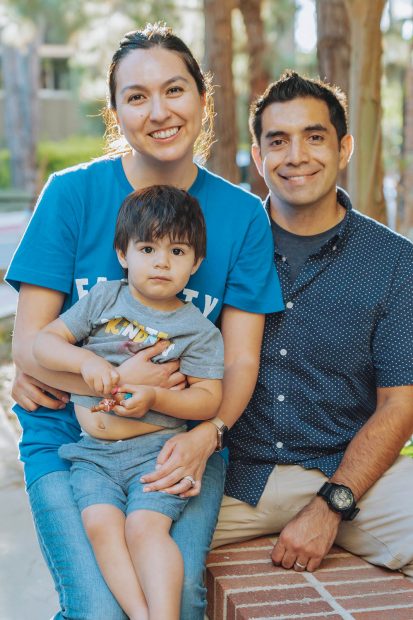
Genevieve Carpio ’05, husband Eric Gonzalez and son Elliot. Their daughter was born in September.
The past summer was an eventful one for Carpio and her family—husband Eric Gonzalez and their rambunctious 3-year-old boy Elliot. They moved into a new faculty apartment on the UCLA campus, making room for the arrival of their second child, Amelia, born on Labor Day.
If her schedule was harried, Carpio didn’t show it when she met for an interview in a shaded picnic area outside her office. At 38, she looks young enough to pass for one of her own graduate students. She’s relaxed and down-to-earth, yet also dignified. Despite sitting on a hard bench for an hour, Carpio barely shifts position, reflecting an inner discipline that was apparent to her parents from childhood.
Her rise through academia has been steady and strategically planned. She went straight up the academic ladder: B.A. in anthropology from Pomona (2005), M.A. in urban planning from UCLA (2007), doctorate in American studies and ethnicity from USC (2013), and finally a postdoctoral fellowship in ethnicity, race and migration at Yale (2015).
And on July 1, she earned tenure at UCLA, a status that brings professional privilege and private relief. She had dreaded the instability of the untenured, with the prospect of losing her job and being forced back on the “super mobile” college job market that could have landed her anywhere in the country.
Carpio is certain that her tenure bid was boosted by the publication of her well-written and well-received book—Collisions at the Crossroads: How Place and Mobility Make Race (University of California Press, 2019).
Thus, ironically, her work on mobility helped ensure that she could stay put.
“I feel like I’m at this really exciting crossroads,” she says, using a term for intersection that figures prominently in her life and work.

UCLA courses taught by Prof. Genevieve Carpio include Race and the Digital Divide and Barrio Suburbanism.
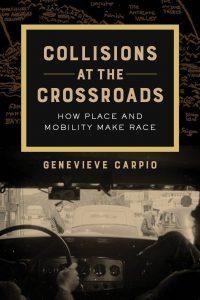 In the book, Carpio’s first, she examines the history of the Inland Empire through the lens of mobility—the freedom of movement, granted or denied to various racial groups. She focuses on specific policies used to control not just mass immigration, but also the “everyday mobilities” of marginalized, non-white populations.
In the book, Carpio’s first, she examines the history of the Inland Empire through the lens of mobility—the freedom of movement, granted or denied to various racial groups. She focuses on specific policies used to control not just mass immigration, but also the “everyday mobilities” of marginalized, non-white populations.
Those policies included bicycle ordinances enforced disproportionately against Japanese workers; laws against joyriding that sent many Mexican youth to reform schools; the forced confinement of Native Americans at federal Indian boarding schools; and laundry laws aimed at driving single Chinese men out of downtown Riverside by banning them from washing their clothing outdoors.
Carpio’s book is part of the publisher’s American Crossroads series launched some 25 years ago, and it perfectly meets the original mission, says series co-founder George Sanchez, a USC professor of American studies, ethnicity and history, who served as Carpio’s doctoral dissertation advisor.
“We were going to go after books that made a difference in the field, that we thought were breaking new ground,” Sanchez explained during a presentation at UCLA’s Chicano Studies Resource Center shortly after the book’s publication. “Gena’s book fits this beautifully. … She shows things that were invisible to other scholars.”
Invisible, yes, but partly because other scholars weren’t looking. The Inland Empire is quasi-virgin territory for serious academic investigation, Carpio says. The academic neglect has the effect of silencing the voices of migrant workers and communities of color, overlooking the very people who helped build the citrus industry for which the Inland Empire is historically renowned. And by default, it allows this historical vacuum to be filled by the self-promoting origin myth of white settlers who colonized the area in the late 1800s—as if history began with them.
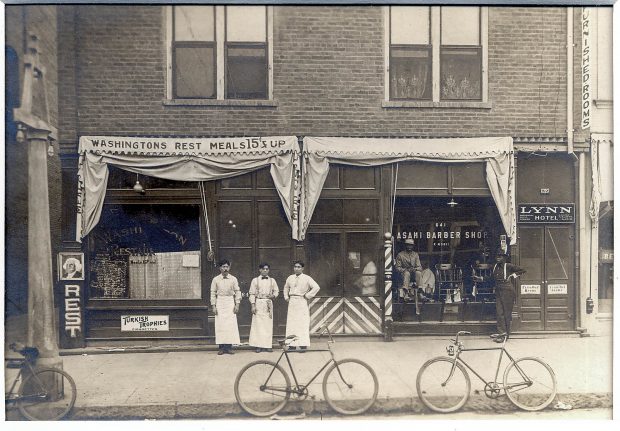
Riverside’s Washington Restaurant, established in 1910 and named for the first U.S. president, was operated by the Harada family, Japanese Americans who were later forcibly relocated during World War II. (Courtesy of the Museum of Riverside, Riverside, California and the Harada Family Archival Collection)
Carpio’s research began more than 10 years ago as part of her doctoral dissertation. At the time, it wasn’t history that drew her attention to modern conflicts over mobility. It was current affairs.
In the early 1990s, San Bernardino authorities had banned lowriders from a city festival celebrating the fabled Route 66, even though Chicano car culture had flourished on the thoroughfare which traversed the city’s historic Mt. Vernon barrio.
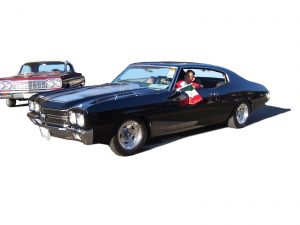 “It was so wrong,” Carpio says. “I really wanted to understand what it meant, and why it bothered me so much.”
“It was so wrong,” Carpio says. “I really wanted to understand what it meant, and why it bothered me so much.”
She was also incensed by the proliferation of sobriety checkpoints in heavily Latino neighborhoods. In the guise of public safety, the checkpoints worked as immigration traps for undocumented drivers, caught on their way to work or to drop their kids at soccer practice. This “hyper-policing” turned the streets into “minefields,” she says, and infused fear into everyday trips.
Carpio’s outrage led her to join protests organized in 2008 by the Pomona Habla Coalition. She and fellow demonstrators would stand at street corners with signs warning motorists of checkpoints ahead.
Such restrictions on mobility, she realized, “send powerful messages about who belongs and who doesn’t belong.”
Carpio showed an early commitment “to fostering authentic, non-hierarchical relationships between college and community,” says Pomona Prof. Gilda Ochoa, the advisor on Carpio’s senior thesis, White Hoods and Welcome Baskets: The Forming of a Mexican Barrio in Pomona 1920-1940. “Before there was the Draper Center (for Community Partnerships), Genevieve and I were on campus task forces together working to enhance community partnerships,” says Ochoa, a professor of Chicana/o-Latina/o studies. “I was lucky to learn from her. A few years after she graduated, she even recruited me to join her on the Historical Society of Pomona Valley.”
Carpio spent a decade of dogged digging through the dusty, musty files of such historical societies and other public history sources. She rummaged through library basements, scoured forgotten public records, explored local museums and perused private family photo collections. Moreover, she sought out those quirky, unheralded folks who make local history their life’s mission.
She refers to that disparate pool of primary sources as “the rebel archives,” a term coined by historian Kelly Lytle-Hernández, the bedrock for constructing a “subversive history” of the Inland Empire. She proudly points out the hefty 70-page notes section at the back of the book, where she documents the oft-neglected archival sources she unearthed.
“I wanted to create a bit of a trail so that those who were coming after me would have this place to start, would have this map of the various resources in the region.”

Vincent Carpio Sr. was a field laborer before joining the U.S. military. He urged his granddaughter to pursue an education.
Carpio likes to say she was raised in the borderlands, the area where eastern Los Angeles County, specifically Pomona and Claremont, meets the counties of San Bernardino and Riverside. From there, the path to success led due west to the big city, at least for ambitious students like her. Nobody thought of looking east to the vast open spaces of the Inland Empire, which she considered an intellectual wasteland at the time.
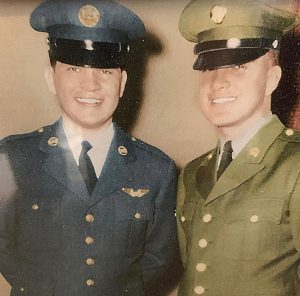
Two uncles on Carpio’s mother’s side, Osvaldo and Nonato Garcia, also served their country.
Once again, it took distance for her to grasp the importance of her own backyard as a fertile territory for academic study. During her postdoc at Yale, Carpio spent two years writing and thinking about issues back home. So there she was, ensconced behind Ivy League walls almost 3,000 miles away, in a program that required “direct engagement with the cultures, structures, and peoples” that were the subject of her studies.
And it dawned on her that this history was her story.
“It’s the story of my family.”
Genevieve Tañia Carpio is a fourth-generation American, a great-granddaughter of Mexican immigrants Frank and Margaret Carpio from San Francisco del Rincón, Guanajuato, who came to this country in 1916 at the height of the Mexican Revolution. Four years after their arrival, they welcomed their first U.S.-born son, Vincent Victor Carpio—Genevieve’s grandfather.
Little Vincent’s mother, who had married at 16, could not read or write, according to the 1930 census, which also identified his father as a “picker” working in the “citrus fruit” industry. By then, the family—including 10-year-old Vincent’s four adult siblings—lived on West 12th Street in the heart of the old Pomona barrio. During the ensuing Depression, the Carpio family would head north in their horse-drawn covered wagon to work the fertile fields around Fresno.
Vincent grew up in his father’s footsteps, dropping out after sixth grade to follow the migrant trail. His aborted schooling would later motivate him to stress the value of education for his son, Vincent Victor Carpio Jr., and his granddaughter, known as Gena, the girl who would listen to his family stories in the car.
Interestingly, official records underscore the theory that race is malleable: Vincent Sr. was identified as Mexican in the 1930 census, but 13 years later the U.S. Army drafted him as white. During his 17 months of service, Pvt. Carpio saw action on D-Day and at the Battle of the Bulge. He was seriously injured by an artillery blast, spent five months in a military hospital and was sent home with a Purple Heart and Bronze Star for bravery.
Back in Pomona, the veteran struggled to find work. He repeatedly tried to get a job with the city’s public works crew and was finally hired one day, only to find the job was “no longer available” when he reported in person. His name must have sounded Italian on the phone, his family reckons, but his appearance was unmistakably indigenously Mexican. Undeterred, the Carpio patriarch pushed his way onto the payroll, promising to work a week for free to prove himself. He wound up working for the City of Pomona for more than 20 years.
Carpio’s grandfather died on his 92nd birthday in 2012, living long enough to see his granddaughter fulfill the hopes for an education that had eluded him. She had been named Genevieve after one of his daughters who died as an infant during the war, while he was away at boot camp. For her senior thesis at Pomona in 2005, Carpio interviewed her grandfather, then in his 80s, for one of many oral histories that eventually helped shape her book.
“We really valued oral history because it reveals stories that aren’t in official documents,” she says. “They aren’t the dominant stories about powerful people, the mayors or the business owners, but about the folks who built the city. Nobody knows who digs up the streets, who paves the streets. But that’s what my grandpa did, you know, he dug up the streets in Pomona.”
Her father, Vincent Jr., a long-time Chicano community activist, also cultivated a love of culture and history in his daughter as a young teen, urging her to volunteer at the Ygnacio Palomares Adobe, a Pomona museum.
Although Carpio graduated from high school 20 years ago this past summer, her mother still gushes with pride that Gena was accepted to all 12 colleges where she had applied. Carpio almost passed on applying to Pomona because she thought it would be too hard to get in, and “I was just so scared of rejection.” She still becomes emotional thinking of the day her admission letter from Pomona arrived in the mail.
“I opened it up and my knees buckled. I fell to the floor, and I just started sobbing. I was so happy.”
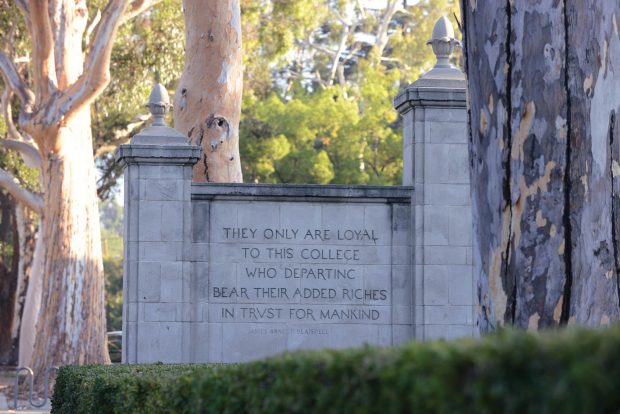 Four years later on her graduation day, Carpio joined her classmates in the traditional passage through the college gates with the weighty inscription: They only are loyal to this college who departing bear their added riches in trust for mankind.
Four years later on her graduation day, Carpio joined her classmates in the traditional passage through the college gates with the weighty inscription: They only are loyal to this college who departing bear their added riches in trust for mankind.
“The idea is that education is not just for your own enrichment, but for you to do something good with what you’ve learned,” she says.
‘“I hope this book encourages people to write their stories, especially those that so often have been left off the map.”

“I feel like I’m at this really exciting crossroads.”
–Genevieve Carpio ’05

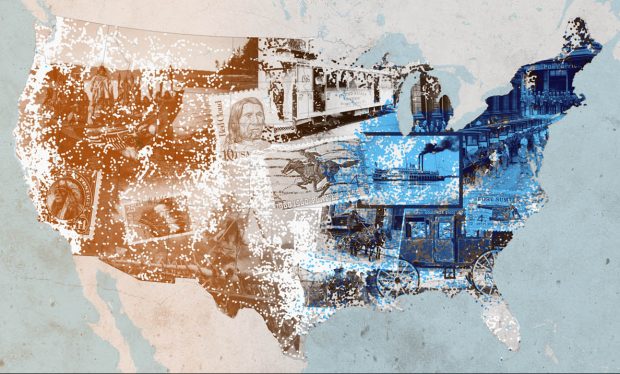
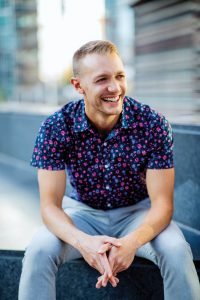
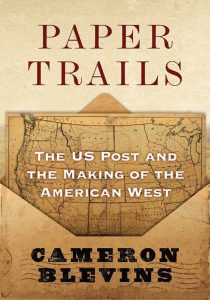 A Wall Street Journal reviewer will go on to call the book “a wonderful example of digital history built on information technology and archival research.” First, though, came the search.
A Wall Street Journal reviewer will go on to call the book “a wonderful example of digital history built on information technology and archival research.” First, though, came the search.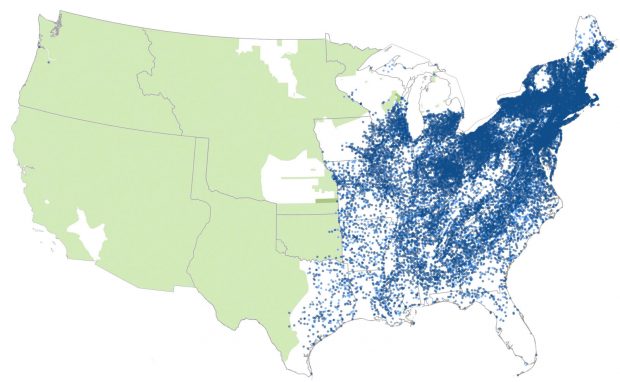
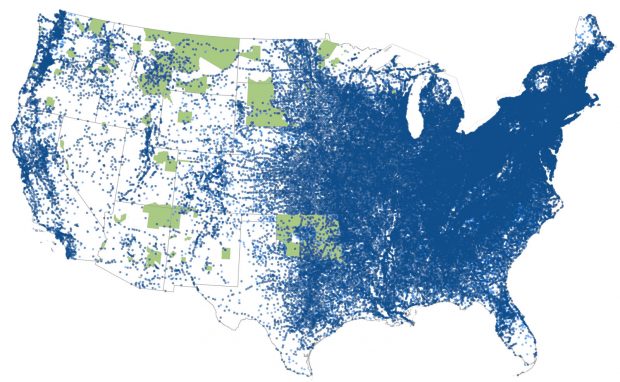
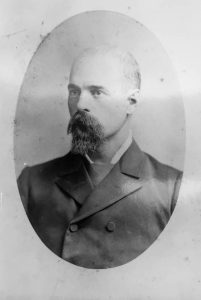 It contained dozens of letters written from the 1850s to the 1890s by Benjamin Curtis and his sisters Sarah, Delia and Jamie. Orphaned in 1852, they had been sent to live with relatives in Massachusetts, Tennessee, Ohio and Illinois. But thanks to the U.S. Post Office, they stayed in touch, especially when they all moved west to equally remote Wyoming, California, Idaho and Arizona.
It contained dozens of letters written from the 1850s to the 1890s by Benjamin Curtis and his sisters Sarah, Delia and Jamie. Orphaned in 1852, they had been sent to live with relatives in Massachusetts, Tennessee, Ohio and Illinois. But thanks to the U.S. Post Office, they stayed in touch, especially when they all moved west to equally remote Wyoming, California, Idaho and Arizona. Lo and behold, in the file Blevins found a photograph of Benjamin, who was far balder than the baby. It was a “humanizing moment” for Blevins as he sifted through the letters offering “beautiful, intimate glimpses” into the siblings’ relationships over decades.
Lo and behold, in the file Blevins found a photograph of Benjamin, who was far balder than the baby. It was a “humanizing moment” for Blevins as he sifted through the letters offering “beautiful, intimate glimpses” into the siblings’ relationships over decades.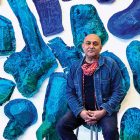
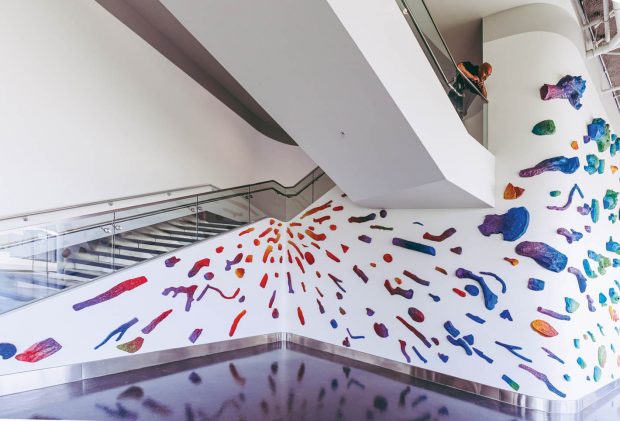
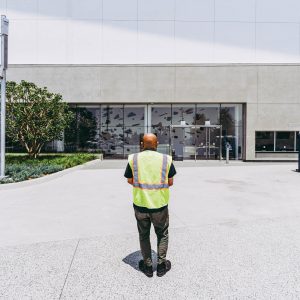
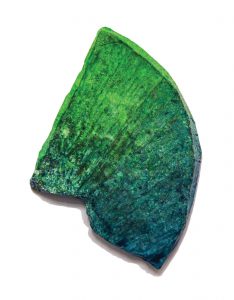
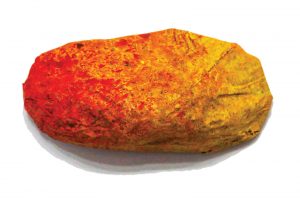
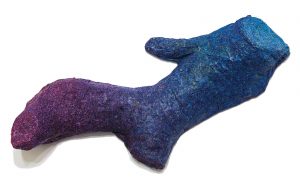
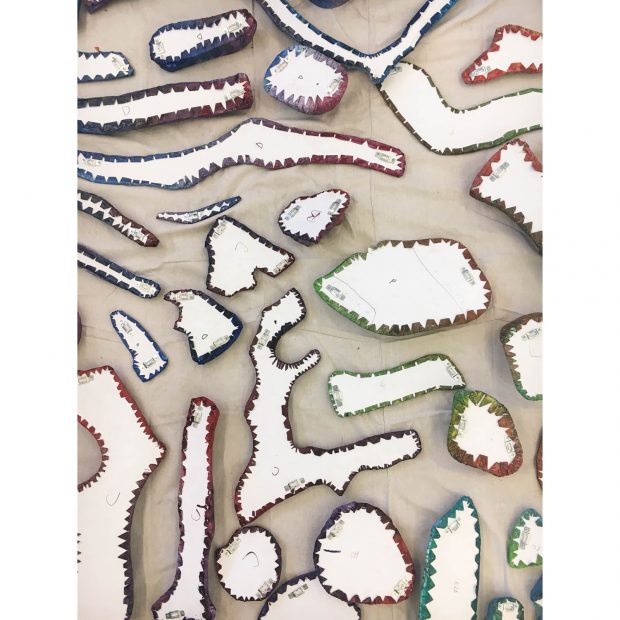 “Luminosity, opacity, color, materiality, texture—all are shifting properties of the work that have an innate architectonic rhythm. I strive to make the experience of moving through the space vivid, transformative and impactful. ”
“Luminosity, opacity, color, materiality, texture—all are shifting properties of the work that have an innate architectonic rhythm. I strive to make the experience of moving through the space vivid, transformative and impactful. ”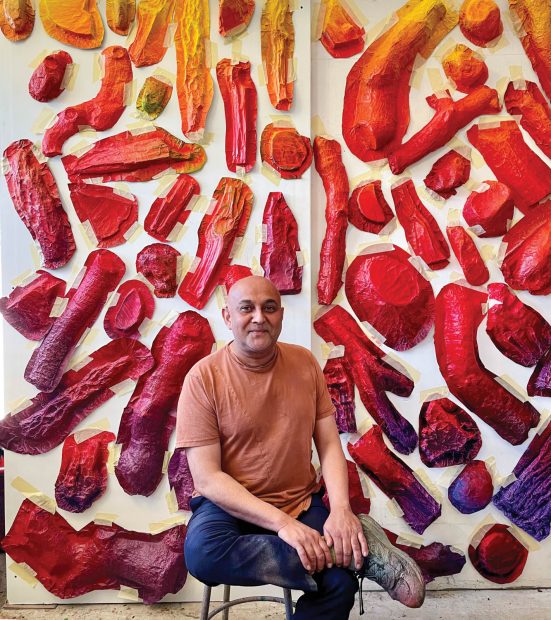
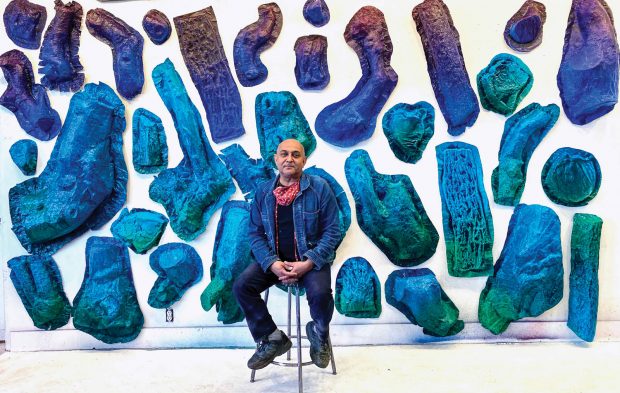 “Traditionally we think of space housing the work, but in my case the work communes with space—turning corners, echoing shadows, absorbing light and making room simply for what is there. ”
“Traditionally we think of space housing the work, but in my case the work communes with space—turning corners, echoing shadows, absorbing light and making room simply for what is there. ”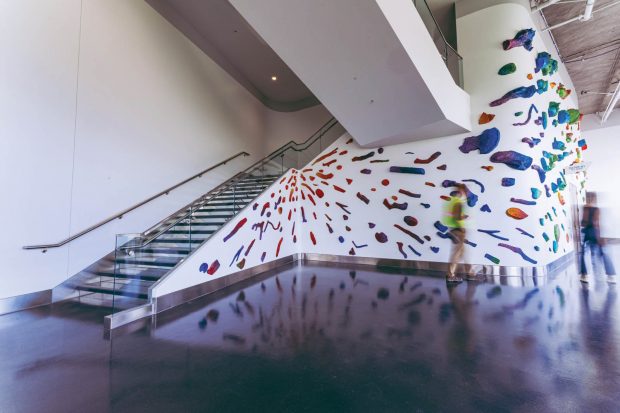
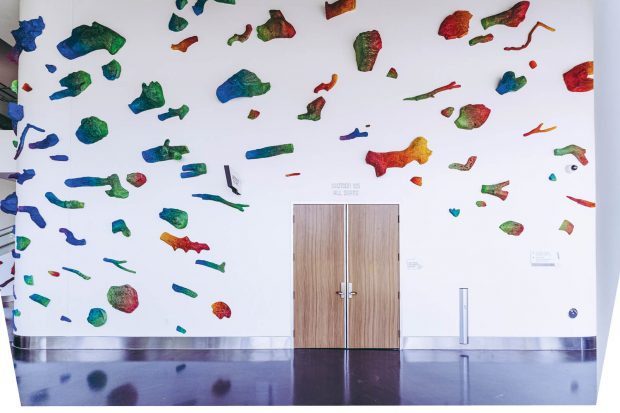
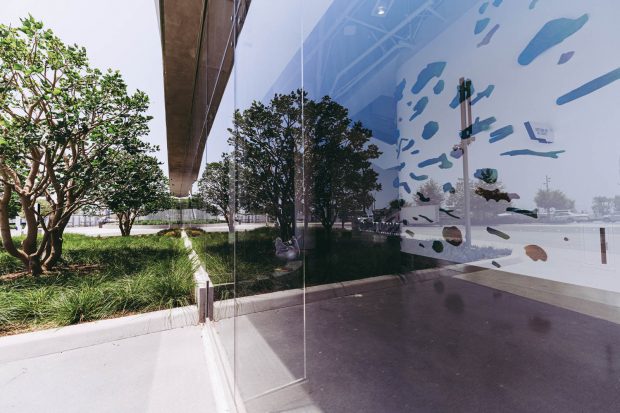
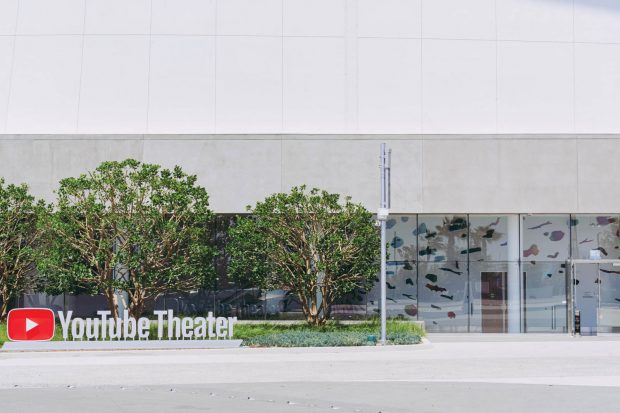

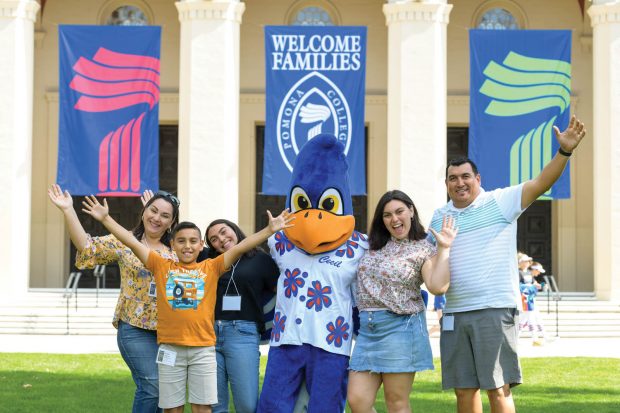
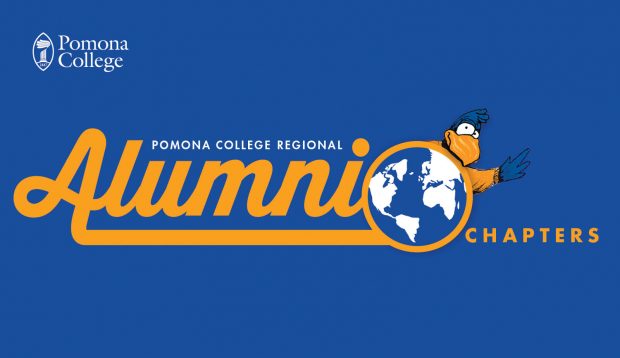
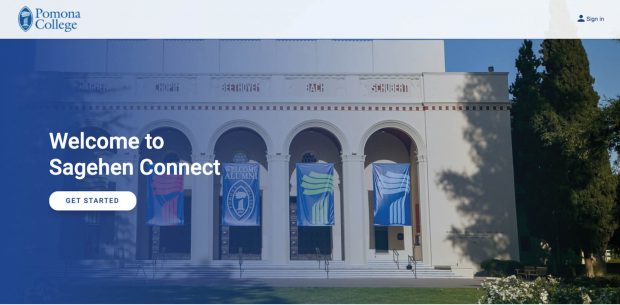
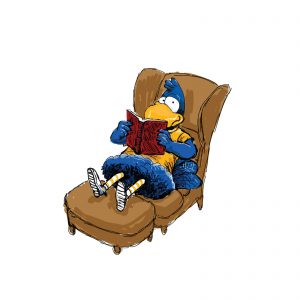 Searching for your next great read? Looking to engage with fellow Sagehen readers? Join the Pomona College Book Club now on PBC Guru. The book club connects Pomona alumni, professors, students, parents and staff to the intellectual vitality of campus. Every two months will bring a new selection to book club members. Then, participants can join their fellow Sagehens in the online forum for prompts and discussion, hosted by our PBC Guru moderator. Members can also look forward to author talks, faculty discussions and more! Sign up at
Searching for your next great read? Looking to engage with fellow Sagehen readers? Join the Pomona College Book Club now on PBC Guru. The book club connects Pomona alumni, professors, students, parents and staff to the intellectual vitality of campus. Every two months will bring a new selection to book club members. Then, participants can join their fellow Sagehens in the online forum for prompts and discussion, hosted by our PBC Guru moderator. Members can also look forward to author talks, faculty discussions and more! Sign up at 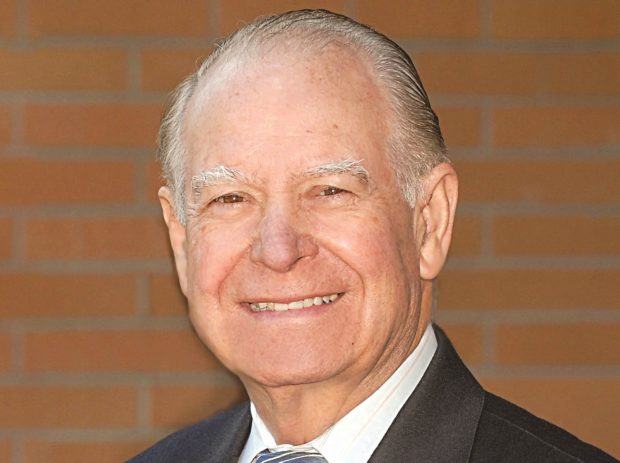 Cruz Reynoso ’53, the first Latino to serve on the California Supreme Court, died May 7, 2021, at an eldercare facility in Oroville, California. He was 90.
Cruz Reynoso ’53, the first Latino to serve on the California Supreme Court, died May 7, 2021, at an eldercare facility in Oroville, California. He was 90.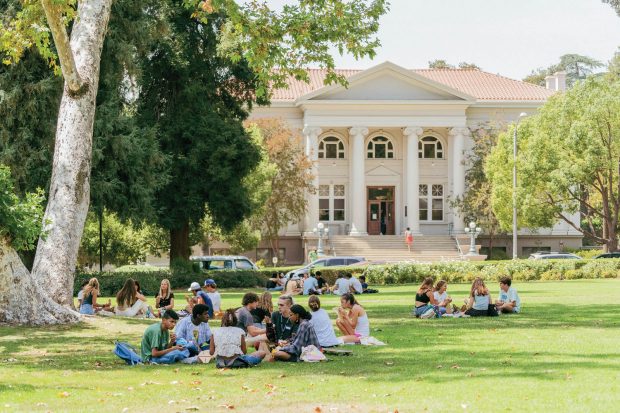 As we go to press, students are once again attending classes in Crookshank and Carnegie, Pearsons and Pendleton, the many Seaver buildings and all the other places you remember.
As we go to press, students are once again attending classes in Crookshank and Carnegie, Pearsons and Pendleton, the many Seaver buildings and all the other places you remember.
